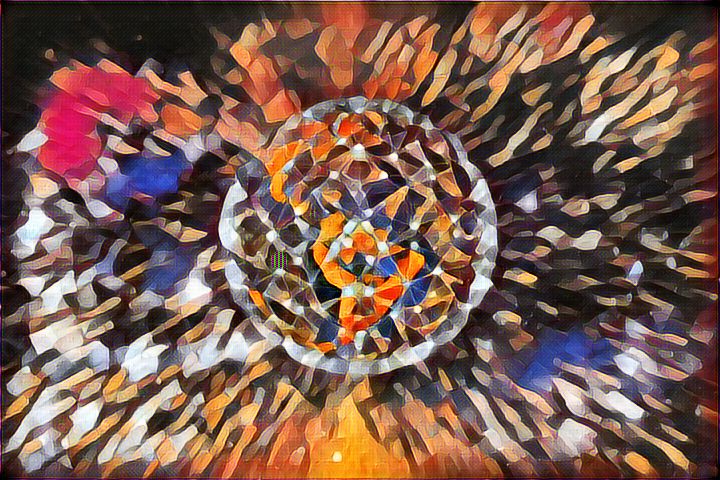Mr. Goebbels sits on a shelf in the kitchen of Roger’s apartment. It is a virtual digital assistant that displays pictures, answers questions, reports the news, and plays music. Roger gave it the nickname.
Whenever Mr. Goebbels shows pictures of his wife Diane just before cancer killed her, with her gaunt face and bald head, grief grabs Roger and holds him for a few minutes. But there is an image of Diane that makes him happy when it appears. It is an old black and white photo from their college days, her thick curly hair poking out all over from a bandanna, her clenched fist in the air.

He is fixing dinner for his pets one evening when a female voice comes out of Mr. Goebbels.
“Remember Wilis, Roger?” it asks. “The dance is on.”
Roger looks at Mr. Goebbels and sees Clara Simpson, his girlfriend from high school. He had never seen the picture before.
Startled, he asks. “Who are you?”
“Who am I?” calls out the voice of Clara Simpson. “I’m the girl you ditched, and I died from a broken heart. This is the dance of Wilis.”
Frightened, Roger unplugs Mr. Goebbels. But the picture of Clara reappears.
“Dance!” Clara commands, and Mr. Goebbels begins playing Twist and Shout.
Roger responds. “This is madness!”
A drawer holding cutlery shoots open, and knives begin flying around the kitchen. One impales the cat’s tail to the wall. Roger rushes to the aide of the screaming cat that scratches him deeply on both forearms.
He begins to dance the twist, and the knives all fall to the floor. One song immediately follows another. Every time Roger stops, the knives go airborne. He is becoming tired.
Suddenly the music stops, and the black and white photo of Diane appears.
“If she is a Wilis, I am Giselle. You and I will do a dance of dialog.”
“Where are you?” Roger asks, “Heaven? The Underworld?”
Diane’s picture immediately disappears.
Bye, Bye Love blasts out of Mr. Goebbels.
Roger tells Mr. Goebbels to show the picture of Diane. But the virtual digital assistant is unplugged to the living, and Clara Simpson is on the screen.
“Dance! Dance faster!” Clara shouts in a shrill voice as Roger struggles to keep up with the music. The cat-inflicted wounds on his forearms sting and ooze blood.
An hour later, the music stops, and Diane is back in control. She begins a discussion on modern art, and Roger sits down at the kitchen table to rest and respond.
“This ends at sunrise,” Diane tells Roger. “By then, either we will have defeated that tormented spirit, or you will have joined us in death.”
As the night wears on, it is back and forth between the two dead women. Clara’s choice of music remains locked in the era of their high school years. Diane’s selection of discussion prompts includes political theory, philosophy, and art history. Their conversations become lively, and Diane gains control of Mr. Goebbels.
The pale blue predawn light shows in Roger’s kitchen window. The dance is coming to an end. Clara is gone, and Diane is on the screen.
She plays their song, and when it is over, Mr. Goebbels’s screen is dark.
Roger takes the virtual digital assistant out to a scrap yard and pays to have it crushed.
Back in his apartment, he rummages through old boxes and finds the original black and white of Diane. He frames it and places it on the kitchen shelf where Mr. Goebbels once stood.
This story previously appeared in 365 Tomorrows.
Edited by Marie Ginga
Steve Bailey grew up in the Panama Canal Zone, went to school in Minnesota, and taught history in Virginia for thirty-two years. For the last three years, he has been a freelance writer and has managed to get several stories published, which he lists on his website vamarcopolo.com.

